Empress Elisabeth of Austria’s Tragic Life, Legacy, and Children
Born into the illustrious Bavarian royal family, Elisabeth Amalie Eugenie’s early life in Munich predestined her for a remarkable journey. Her birth on Dec. 24, 1830, into Duke Maximilian Joseph’s family, set the stage for her future as a key figure in European nobility.
Known affectionately as “Sissi,” her upbringing was steeped in the traditions and privileges of royalty, hinting at the extraordinary life that awaited her.
Tragedy in Childhood
Elisabeth’s life was shadowed by personal loss from a young age. The early deaths of her mother and sister left a profound impact, leading to a childhood tinged with sadness.

Source: Carl Haag/Wikipedia
Raised by her father and aunt, Duchess Sophie, she developed a contemplative and introspective character, often seeking refuge in the natural beauty surrounding her. These formative years laid the foundation for her deep connection with nature and her preference for solitude.
A Portrait of Grace
Standing tall at 5’6″, Elisabeth von Wittelsbach was an embodiment of physical elegance. Her height, coupled with a slender frame, made her a distinct figure in her time.
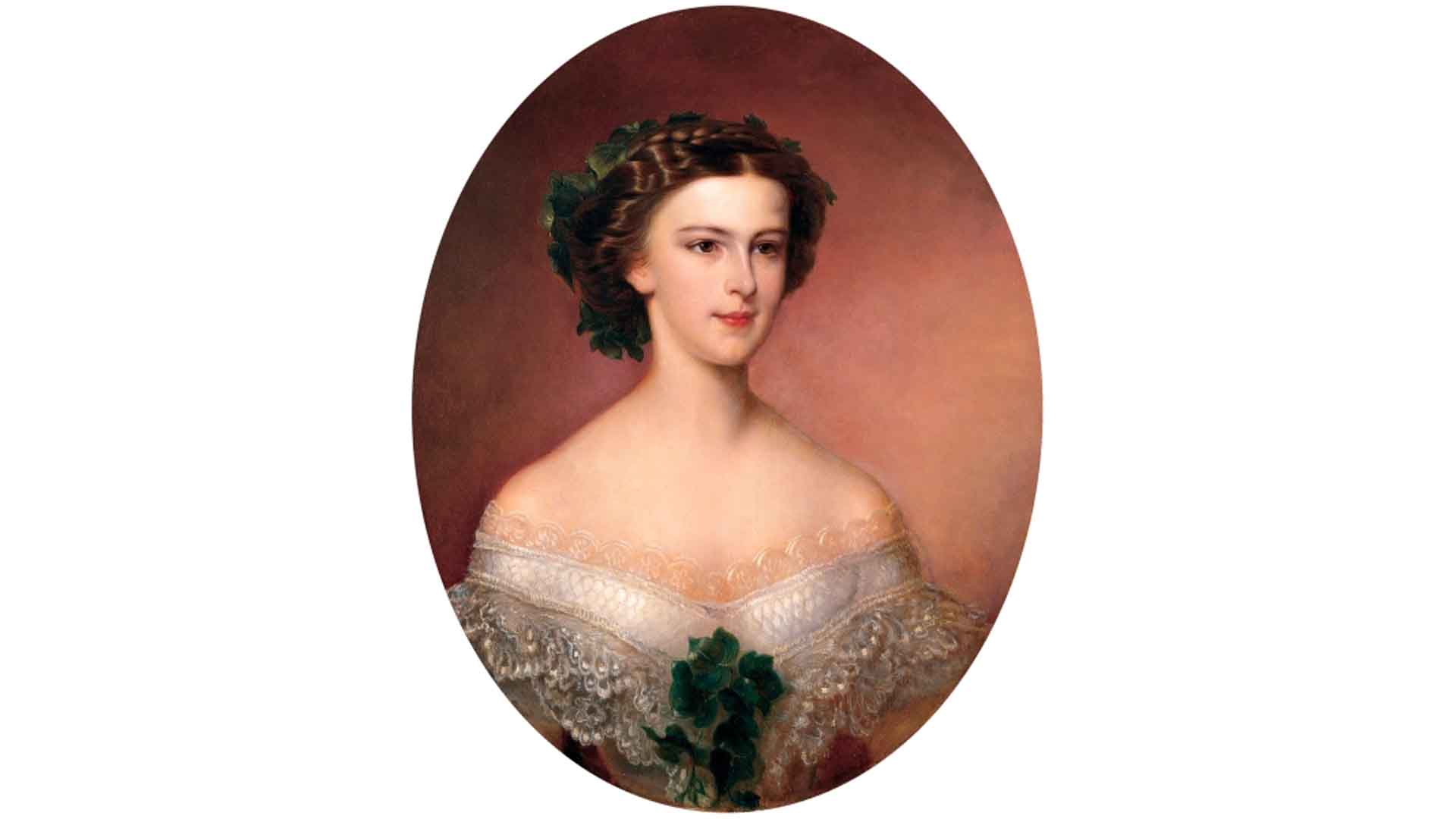
Source: Amanda Bergstedt/Wikipedia
Her dark hair and striking blue eyes, often accentuated by her preferred styles of loose curls or braids, added to her regal presence, making her an iconic figure of 19th-century European aristocracy.
Elisabeth von Wittelsbach's Privileged Yet Reserved Upbringing
Elisabeth was not just a royal in title but also in education and pursuits. Taught by private tutors, she mastered multiple languages and developed a passion for music and dance.

Source: Edmund Tull/Wikipedia
Despite her privileged upbringing, she remained a shy and introverted soul, finding solace in the company of animals and the serene embrace of nature.
Empress Elisabeth of Austria's Children
The union of Elisabeth and Franz Joseph I, Emperor of Austria, bore four children, each reflecting a different aspect of her complex life.

Source: Vincenz Katzler/Wikipedia
Her role as a mother was pivotal, with her children becoming central figures in her life story and the broader narrative of European royalty. The joys and sorrows of motherhood deeply influenced her personal and public life.
Franz and Elisabeth: A Royal Partnership
The marriage of Elisabeth to Franz Joseph was marked by emotional complexities. Their union, though producing heirs, was fraught with challenges, including emotional distance and Elisabeth’s struggles with the expectations of her royal role.
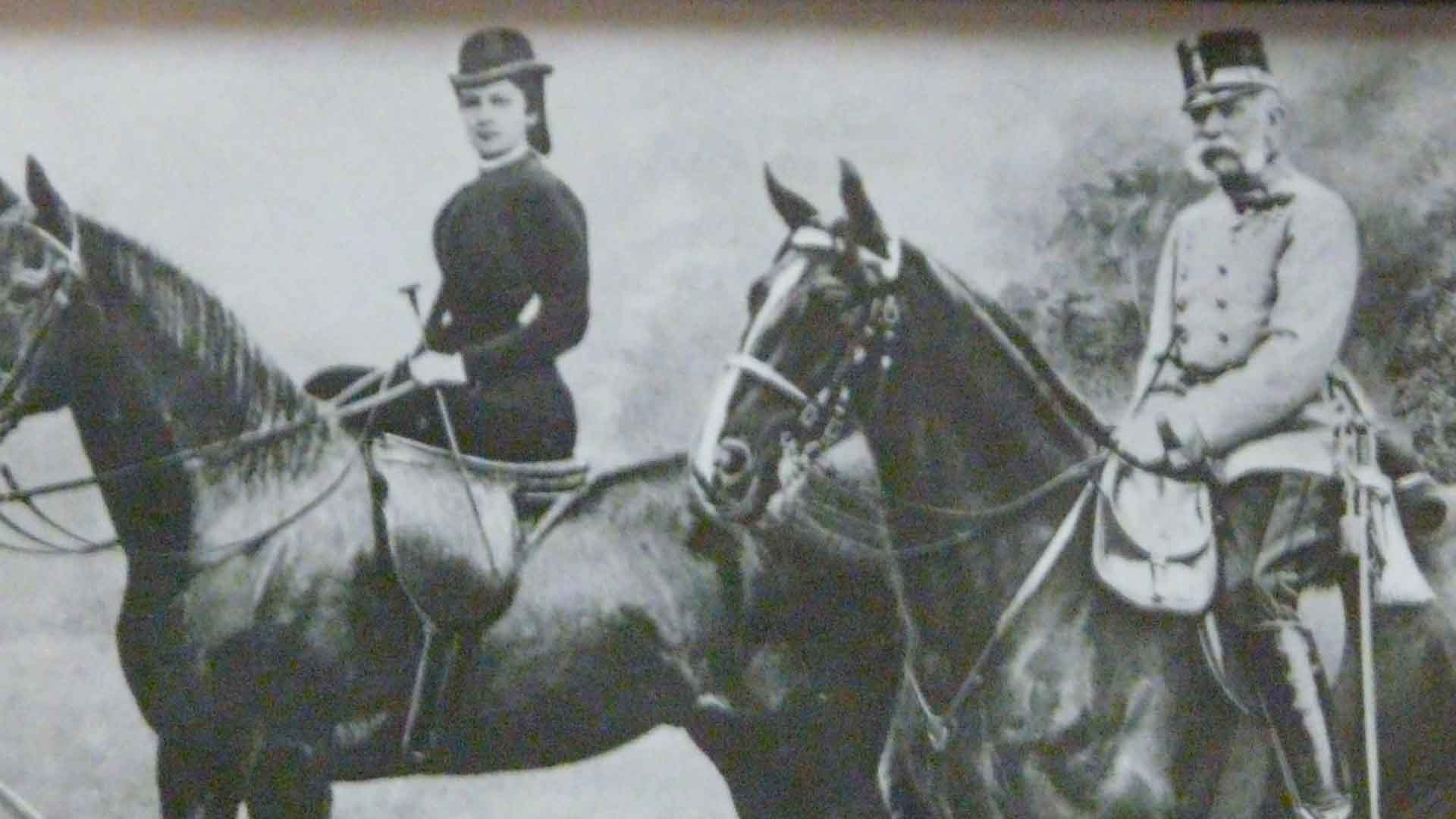
Source: Wikipedia
The relationship, while central to her life, was a source of much personal angst and disappointment.
Navigating Royal Life
As Empress of Austria and a member of the Bavarian royalty, Elisabeth faced myriad challenges. She grappled with the intricate dynamics of European politics and the heavy burden of societal expectations.
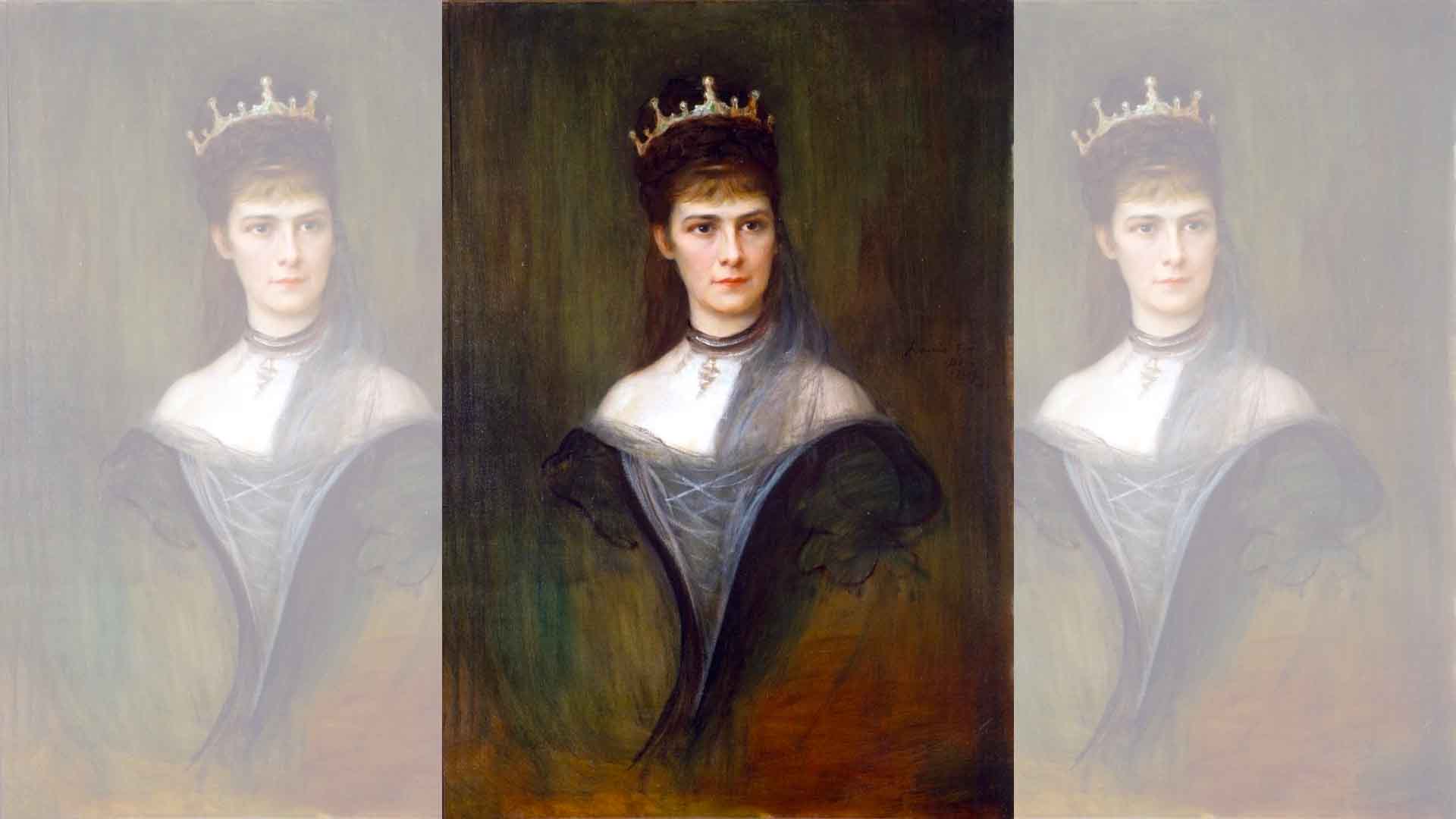
Philip de László/Wikipedia
Still, her grace and composure in these roles were remarkable, showcasing her ability to navigate the treacherous waters of royal life with dignity and poise.
The Assassination of an Empress
The question, “Why was Empress Elisabeth of Austria assassinated?” reveals the turbulent political climate of her time. Her tragic demise at the hands of an Italian anarchist in 1898 was not just a personal tragedy but a reflection of the broader societal and political unrest.

Source: Karl von Piloty/Wikipedia
Her assassination was a stark reminder of the vulnerability of even the highest echelons of society.
Elisabeth's Final Resting Place
Elisabeth’s final resting place is a topic of much interest. Initially buried in Vienna, her remains were later moved to Hungary, resting alongside her husband and son.
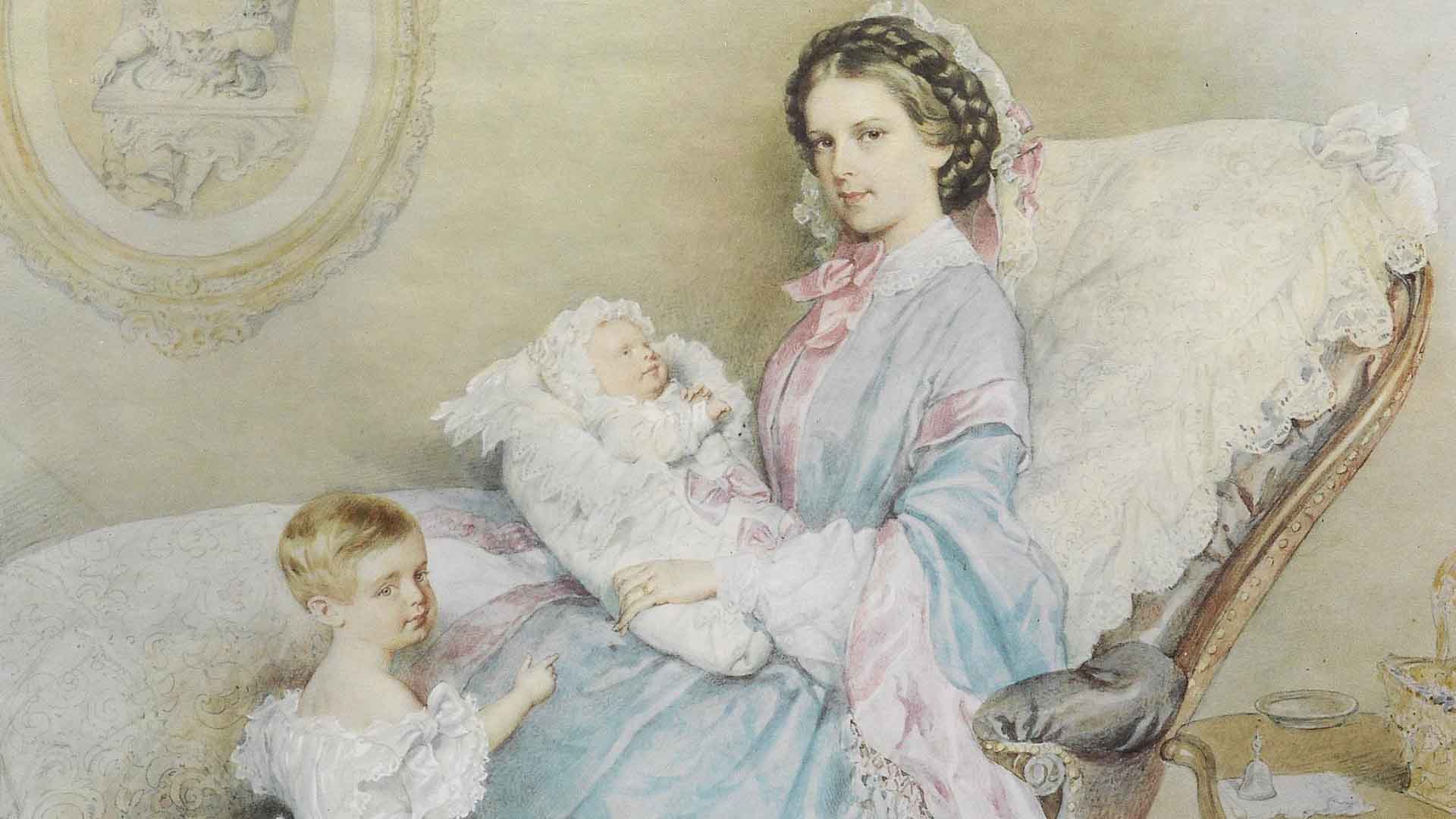
Source: Josef Kriehuber/Wikipedia
The journey of her remains from Austria to Hungary symbolizes her lasting impact and the deep affection with which she was held by those in her adopted homeland.
A Style Icon and Trendsetter
Beyond her royal duties, Elisabeth’s influence extended into the realms of fashion and beauty. She popularized the “Gibson Girl” look and became a trendsetter of her era.
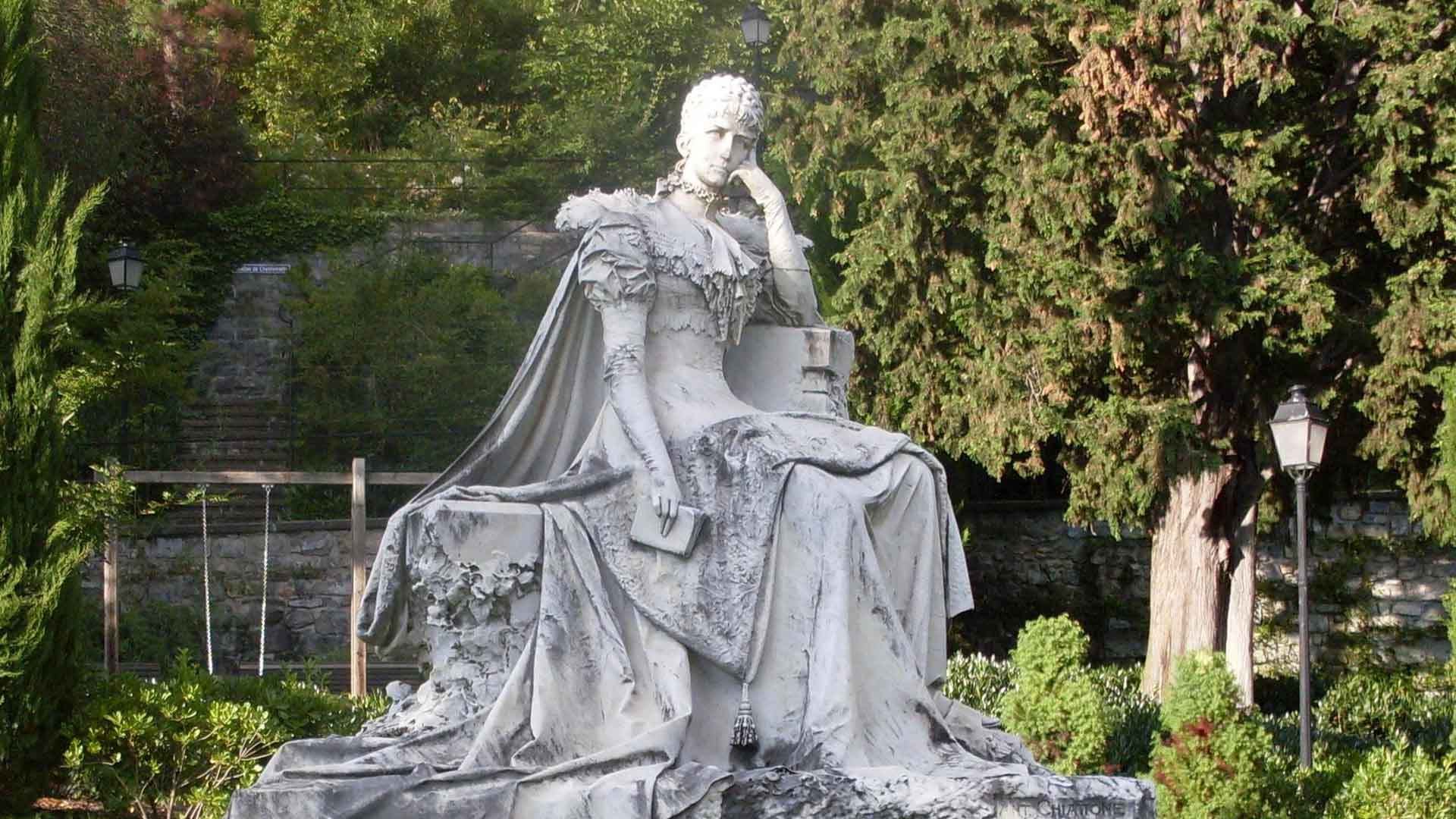
Source: Traumrune/Wikimedia Commons
Her unique style and beauty left an indelible mark on society, inspiring countless fashion designers and setting trends that transcended her royal status.
Philanthropy and Advocacy
Elisabeth’s legacy is also marked by her charitable endeavors and advocacy for women’s rights. Her efforts to improve working conditions for women and support for the establishment of women’s organizations highlight her commitment to social causes.
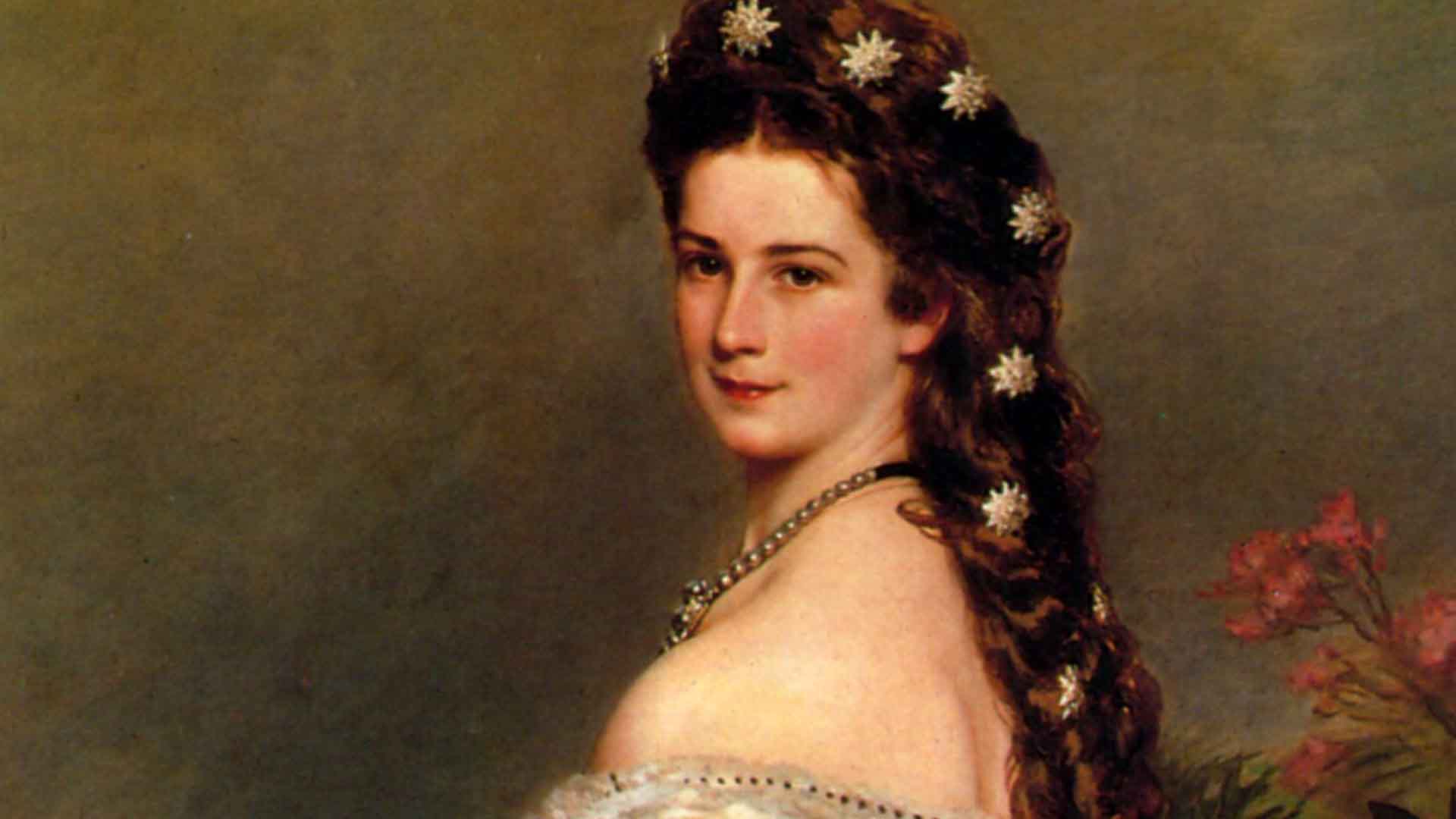
Source: Franz Xaver Winterhalter/Wikipedia
Her philanthropy, including funding hospitals and orphanages, showcases her compassion and dedication to helping the less fortunate.
A Legacy That Lives On
Elisabeth of Austria’s story, woven with both triumph and tragedy, continues to captivate and inspire people around the world. Her resilience in the face of personal sorrows, her contributions to society, and her enduring influence as a style icon ensure that her legacy will never be forgotten.
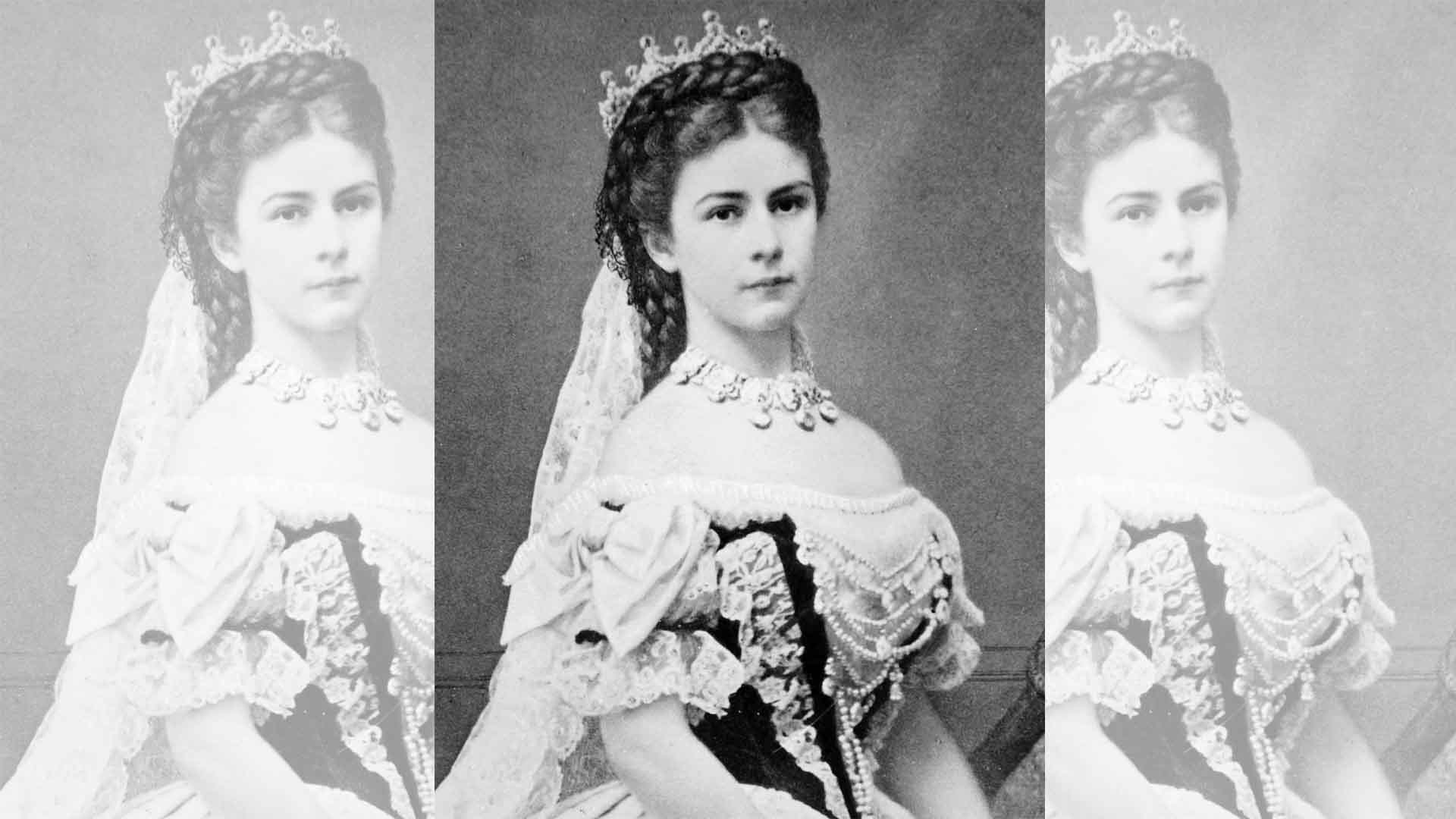
Source: Emil Rabending/Wikipedia
Her life story, though marked by much sadness, is one of strength and the indomitable spirit of a remarkable woman.
